Choosing a baler for a mini-tractor
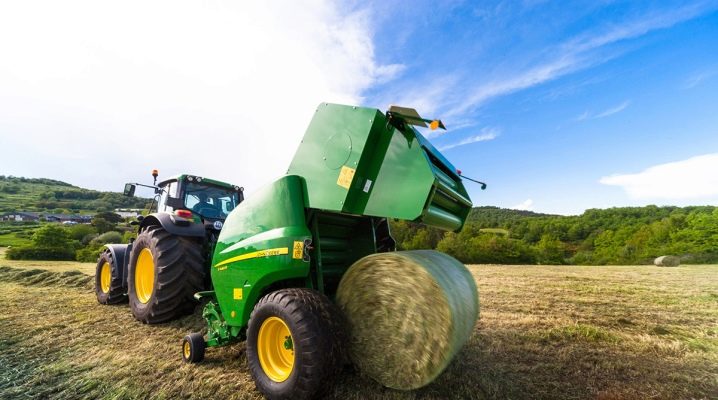
Nowadays, farmers have a very hard time without equipment. To facilitate labor, even in small farms, tractors and additional equipment for them are often used. One of the indispensable assistants of a modern farmer has become a baler for a tractor or walk-behind tractor. It allows you to quickly and accurately collect hay or straw, turning them into convenient bales. As a result, haymaking time becomes much easier and even more enjoyable.

Peculiarities
Modern balers are available in various models. Among their variety, it is sometimes difficult to make the right choice. After all, they differ in their appearance, design, principle of operation. There are also models that may differ in what technique they can be used with. It is worth noting that recently there have even appeared independent complexes of balers that do not need a tractor.

When familiarizing yourself with these useful units, you should pay special attention to what they give out at the output. Today, balers can deliver hay in bales or bales of varying sizes. For example, a mini tractor baler is only capable of producing small compressed items. Such a small format may not be suitable for every farm.
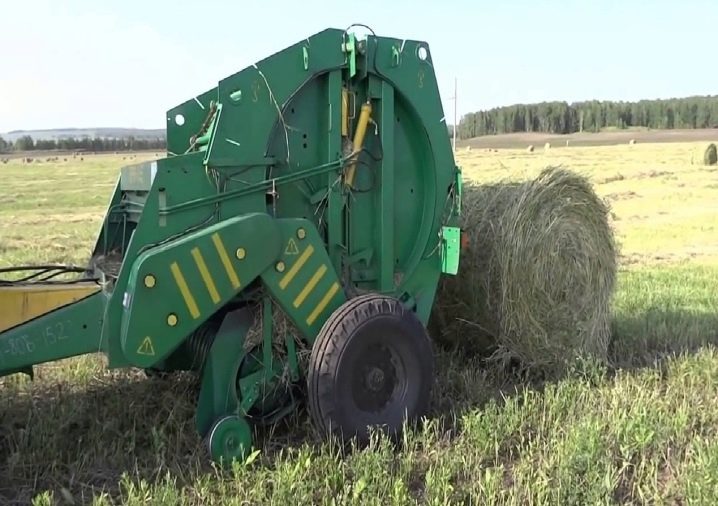
When choosing according to what comes out at the output - bales or rolls, it is worth considering how the hay or straw will be stored. For example, rectangular bales are always easier to stack and take up less space than large bales. In addition, smaller items will be easier to carry. As a rule, balers are attached to a tractor or walk-behind tractor, like a trailer. One such device is capable of collecting, compressing and packing dried grass or straw. As a result, the most difficult hay harvesting operations fall on the machine, which is very convenient for farmers.
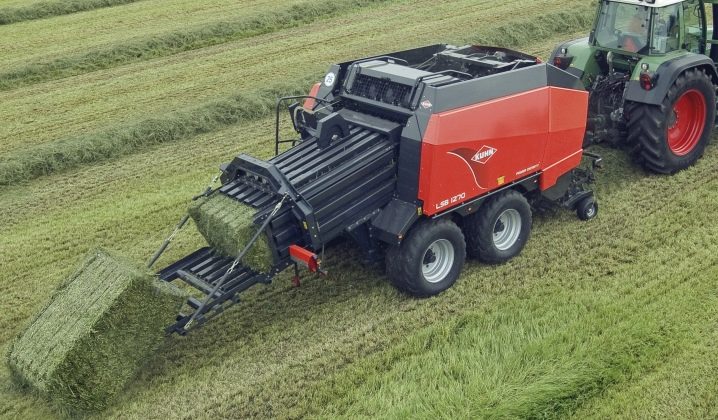
Advantages
Balers allow not only to simplify the task of making hay, but also to significantly reduce its time. When you have to do everything by hand, the farmer has to spend from a month to three to prepare fodder for the winter, while often resorting to someone else's help. In the event that there is a baler, then hay preparation takes only a couple of weeks and is many times more economical, since almost all the work can be done on your own. In addition, feed is harvested in the required volume and even with a margin.
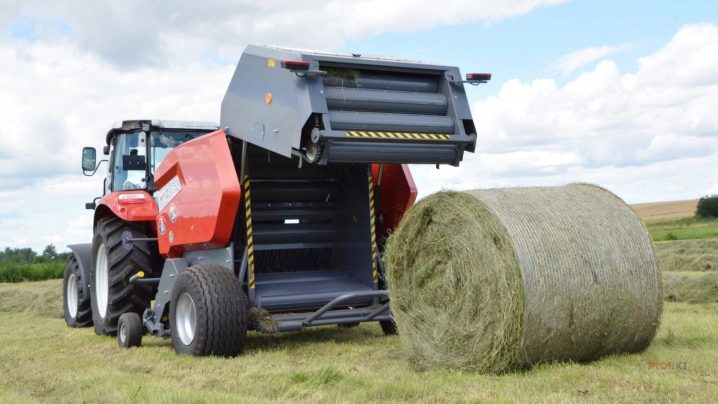
Among the advantages of such a device, it is important to note that it is capable of working on almost any terrain. This allows the machine to be used even on uneven ground. The resulting bales or rolls are easy to transport and store, even in a small area. At the same time, very little feed is lost during storage. Thanks to this convenient hay format, feeding the animals in winter is much easier. For example, small bales can be easily carried by one person. Another important advantage of baled and baled hay is that they keep well even for two seasons. At the same time, the nutritional properties of feed do not deteriorate at all.

Views
There are two types of balers.
Roll
It appeared not so long ago, but quickly became popular due to its advantages.Balers of this type are small in size, which makes it possible to use them on mini-tractors and walk-behind tractors. The well thought-out design allows the farmer not to be too distracted by the device during hay harvesting. The ease of use is also appreciated by those who work with this type of equipment.

The output rolls have the same density and parameters, which makes them very convenient. Due to the looser compaction in the core of the bale, air circulates freely in it, and the feed is better stored. The only drawback is the difficulty in transportation and storage, since rolls, especially large ones, weigh a lot and can take up a lot of space.

Bale (bale)
Recently, this type of balers is less popular than round balers. The main advantages of this type are that bales are more convenient for transportation, storage and feeding of animals. In the process of pressing on many devices of this type, it is possible to adjust the size, density, and also the weight of the bale. Baling balers can be both large and very compact. Among the disadvantages, it should be noted that with the small size of the unit, it is inconvenient to process huge fields.
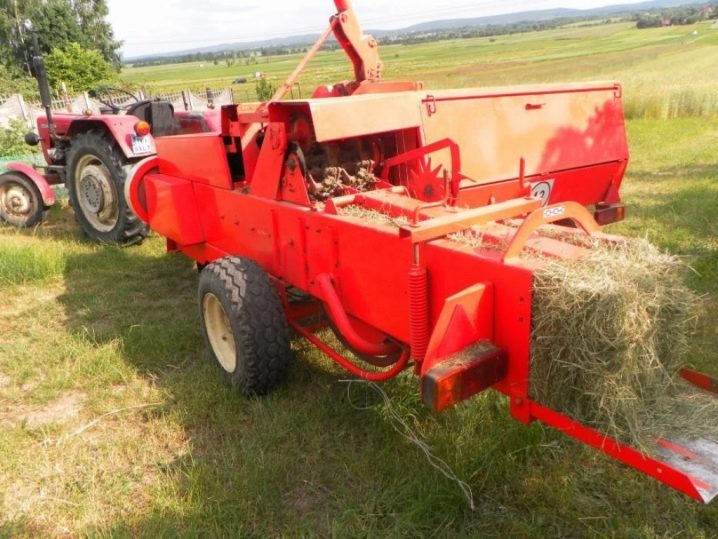
You will learn about one of the models of the square baler in the following video.
Principle of operation
Round balers and square balers are somewhat different in principle.
So, the roll includes:
- pressure teeth;
- drum;
- press device;
- stretching device;
- knitting device;
- movable shaft;
- conveyor.
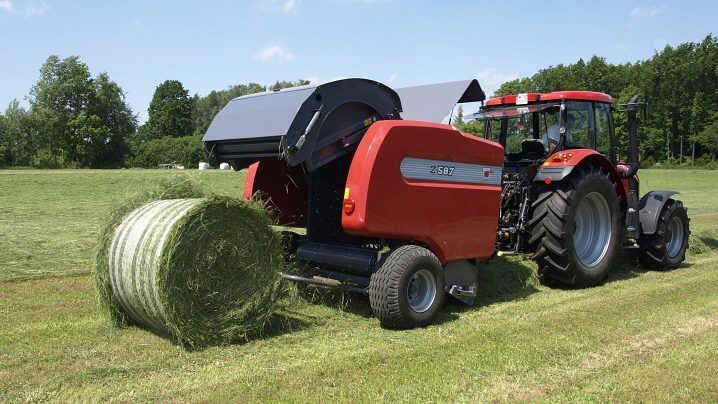
Also on the device there is an alarm, most often sound, and turning lights. A large or mini-tractor is capable of driving this unit. This baler rolls the cut grass with belts into a bale. When he becomes the required size, then under the force of pressure, he is thrown onto the field.
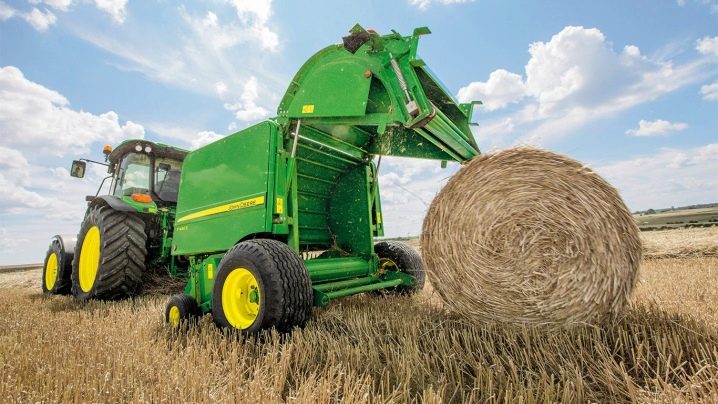
The square baler is somewhat similar in structure, which also includes teeth, baler and knitting devices. However, it still has an auger. With the help of teeth, dry grass is collected, then along the auger it enters the chamber. It is in it that tamping takes place. Then the bale is tied with ropes and thrown into the field.

Which to choose?
When choosing a baler, it is important to first pay attention to the parameters of the tractor with which it will work. Of course, it is desirable that the tractor and additional equipment to it fit in all their characteristics to the size of the fields that will be processed. For example, if you have to work on an area of about 2 hectares, then a tractor with a power of 3 kW or more is sufficient. In the event that the fields have a size of 5 hectares, then you should opt for tractors with a power of 15 kW or more.
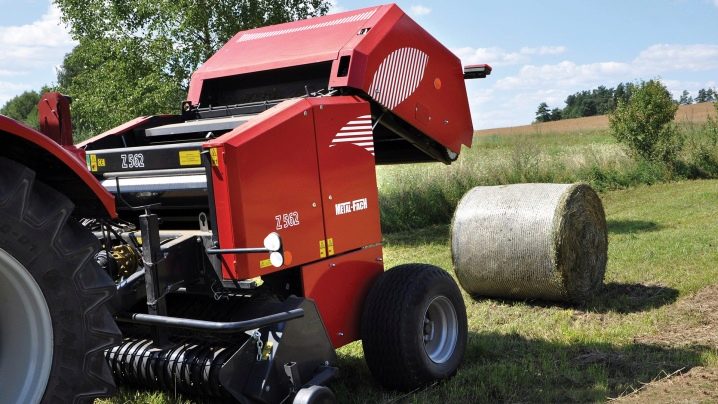
In addition, when choosing attachments, it is also necessary to take into account the volume of the fuel tank of the tractor, the brand of the engine, the weight, and the type of wheels. Today, many farmers prefer mini-tractors and lightweight additional units for them. This is due to the fact that such machines do not destroy the most fertile land layers.
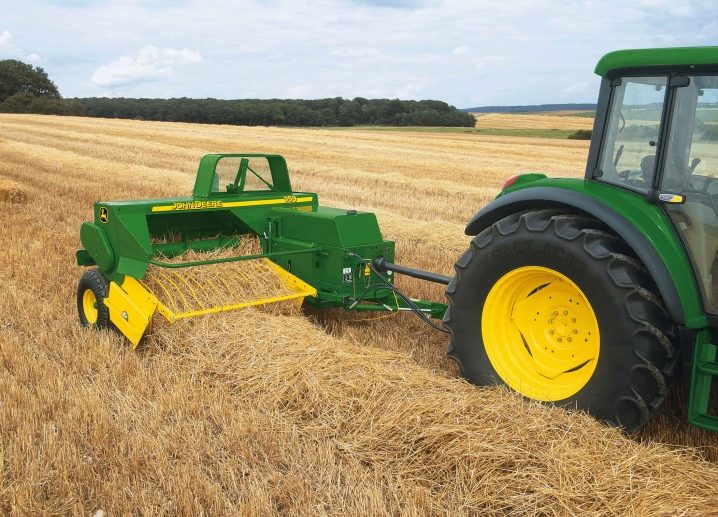
Domestic balers are inferior in quality to foreign ones. Although they are quite attractive for their price. Manufacturers of imported devices offer a wider variety of models. Among modern balers, many are made in China. The best quality of accessories for tractors is provided by German, Italian, Slovenian, Japanese and Dutch manufacturers.
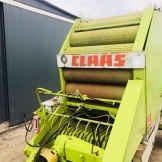

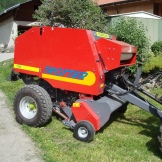
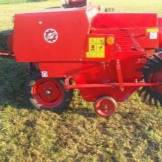
Operating tips
Before using the baler, it is necessary to check the most important components. You should also check the oil level. There is a clutch on the front of the flywheel, which must first be released by unscrewing the bolts. Then the force is adjusted up to 60 kg.In addition, it is necessary to adjust the safety clutch on the pick-up, only its value is set at around 30 kg.
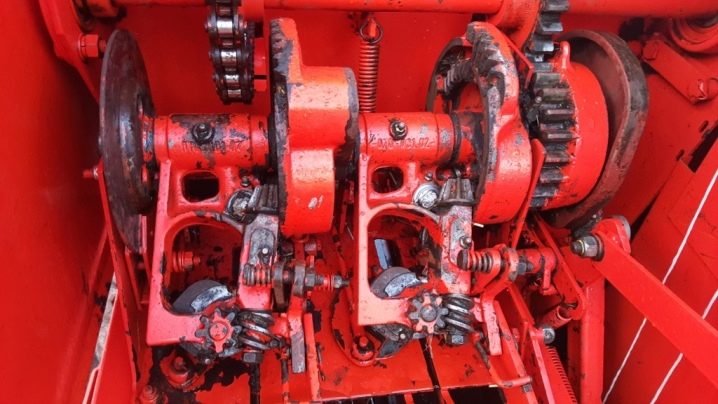
It is important to check the path the tying device's needles will follow. Be sure to thread the twine into the needles and check the knitting needles themselves and the plunger. It is worth noting that the fork tines that pick up the hay should be located at the bottom. Directly during operation, you must not exceed the permissible speed, be careful when working. When emergencies or the slightest malfunctions arise, you must immediately eliminate their cause.
It is very important to familiarize yourself with the instructions and recommendations for the used baler model before starting work. This will allow the device to work longer without losing quality.
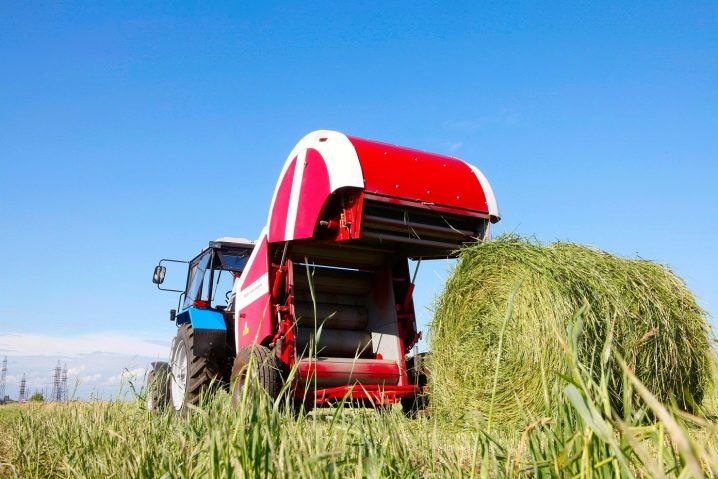



































































The comment was sent successfully.